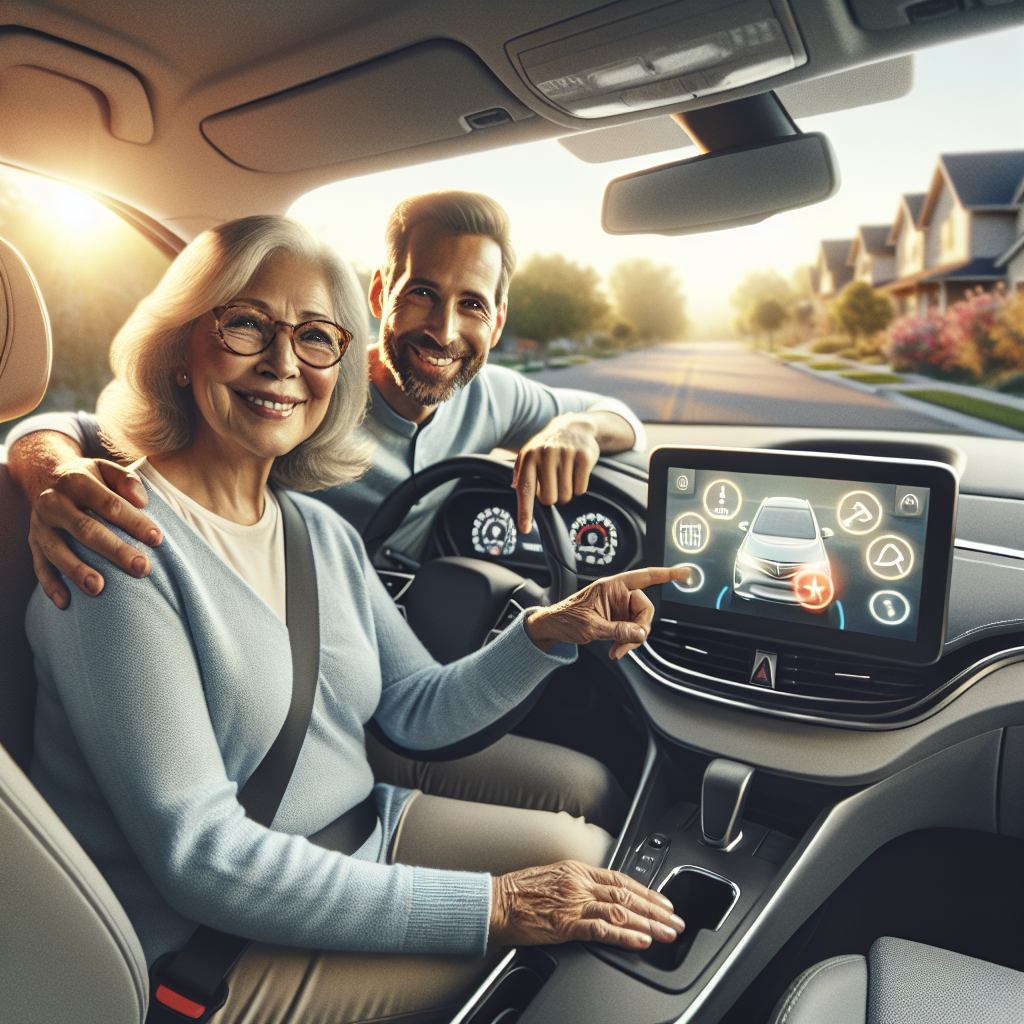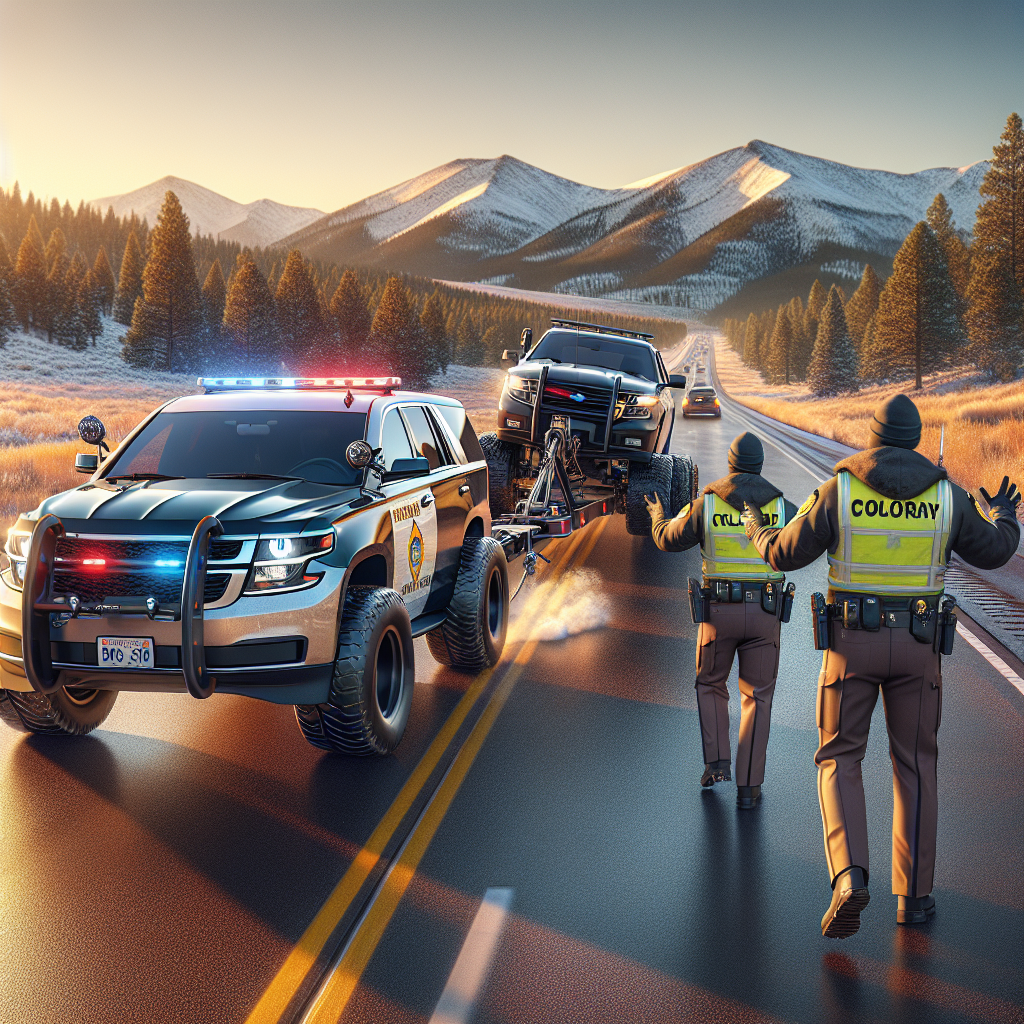Consumer Reports: Essential Support for Senior Drivers’ Safety
Understanding the Need for Support
As we age, driving can become more challenging. Changes in vision, reaction time, and flexibility often call for extra attention to safety on the road. Consumer Reports has stepped up to provide evidence-based advice and tools to help senior drivers stay mobile and secure. This article walks through the key recommendations, resources, and practical tips that can make driving safer and more comfortable for older adults.
The Changing Dynamics of Senior Driving
By age 65 and beyond, many drivers notice subtle shifts in their abilities. Night vision may dim, and turns of the head to check blind spots can feel stiffer. Consumer Reports has analyzed these factors alongside crash data to highlight which adjustments and technologies are most effective. Recognizing these changes early allows drivers to adapt without giving up the independence they value.
Key Insights from Consumer Reports
1. Vehicle Safety Features to Prioritize
Modern cars come loaded with driver-assist systems. According to Consumer Reports, the following features deliver the greatest safety gains for senior drivers:
- Forward Collision Warning: Alerts you when a crash risk is detected ahead.
- Automatic Emergency Braking: Applies brakes if you can’t react in time.
- Blind-Spot Monitoring: Signals when a vehicle is hidden in your blind zone.
- Lane-Keeping Assistance: Gently nudges you back into your lane if you drift.
- High-Beam Assist: Automatically adjusts headlights to improve nighttime visibility.
When shopping for a new or used car, check Consumer Reports’ ratings to see which models excel in these categories.
2. Driver Assessment Tools
Before hitting the road, seniors can benefit from an objective review of their driving skills. Consumer Reports recommends:
- Online Self-Assessments – Quick quizzes that evaluate vision, coordination, and decision-making.
- Behind-the-Wheel Evaluations – Professional instructors provide practical feedback in real traffic.
- Mobile Apps – Apps like AARP’s Safe Driving Test help identify strengths and areas for improvement.
Combining a self-assessment with an in-person checkup gives the clearest picture of where extra training or vehicle modifications may help.
Practical Tips for Senior Drivers
Beyond choosing the right vehicle, simple behavioral changes and home adaptations can improve safety.
- Schedule regular vision and hearing exams.
- Keep side and rear windows clear; remove clutter inside the car.
- Plan routes during daylight and off-peak traffic hours.
- Use larger, high-contrast sunshades or panoramic mirrors.
- Adjust driver’s seat height and steering wheel position for maximum comfort.
Small changes often yield big benefits. Take the time to customize your driving setup—it can reduce fatigue and improve reaction times.
Community and Policy Support
Government agencies and nonprofits also offer resources tailored for senior drivers. For example:
- NHTSA Senior Driving Tips provides guidelines on fitness to drive.
- AARP’s Auto Resource covers insurance discounts and driving classes.
- AAA Safety Tips for Older Drivers highlights maintenance checks and travel planning advice.
Local Departments of Motor Vehicles often run refresher courses or discount programs, and libraries or community centers host safe-driving workshops. Staying connected with these groups can also reduce isolation and boost confidence behind the wheel.
Technology Aids for Senior Driving
Technology can bridge the gap between comfort and control. From smartphone apps that map out low-traffic routes to in-car voice assistants, seniors have more options than ever. If you’re curious about designing custom dashboards or adding fall-back notifications, explore guides like VS Code installation to build simple alert systems. Or, if you’re updating a personal website to share driving tips, check out a tutorial on a modern sidebar menu for easy navigation.
For those who enjoy learning to code, you might even experiment with projects on how to create a class in Python and develop a customized alert that signals you when it’s time for a break or to schedule an eye exam.
Balancing Independence with Safety
It’s natural for families to worry about aging loved ones driving. The key is open, respectful conversations. Use the data from Consumer Reports to guide discussions rather than simply imposing new rules. Sharing printouts of crash statistics or safety ratings can transform a sensitive topic into a fact-based dialogue.
Encourage seniors to voice their concerns and preferences. Maybe they’d rather try a senior-friendly ride-share service for long trips. Or they may prefer local shuttle programs for errands. Whatever the choice, making them an active partner in planning leads to better outcomes and preserves self-respect.
Conclusion
Consumer Reports: Essential Support for Senior Drivers’ Safety combines research, real-world testing, and practical advice. By focusing on the right vehicle features, regular assessments, community resources, and simple lifestyle tweaks, seniors can keep driving longer and safer. Remember, a positive approach—backed by clear data—helps everyone feel secure on the road. Start exploring these tools today, and enjoy the road ahead with confidence.





